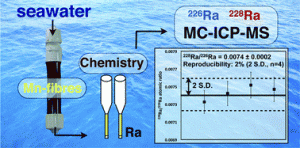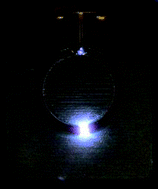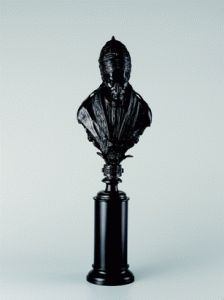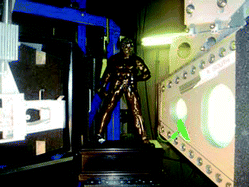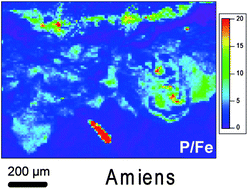Recently, we received the very sad and unexpected news that our Advisory Board member Professor Jan Košler had passed away, only 49 years old.
Jan graduated from Charles University, Prague, in 1988 and went on to do his PhD in Glasgow, Scotland, where he finished in 1993. He became lecturer, and in 2003, Associate Professor at Charles University, Prague. During this period, he spent one year in Memorial University, Canada and two years in Bergen as a visiting research fellow. In 2005 he got an Associate Professorship at the Department of Earth Science of the University of Bergen and became a full professor there in 2007. During his time in Bergen, Jan spent one year at University of Vienna, Austria, and this last year at the Geological Survey of Canada in Ottawa, Canada.
As an internationally respected analytical geochemist, Jan had a particular research interest in isotope geochemistry, isotopic dating and mass spectrometry development, particularly in natural small-scale isotope ratio variations. In his research, he made use of various micro-beam techniques, such as laser ablation ICP-MS or secondary ion mass spectrometry, and he was regarded as a leading expert in this field. His research focus spanned from hydrothermal mineral deposits on the Mid-Atlantic ridge to the use of isotope geochemistry for deciphering the provenance of sediments and the evolution and cycling of crustal rocks in orogenic belts. He had an enviable track record of publishing innovative analytical developments.
Jan was a principal investigator on a number of projects and had broad international networks. As part of his research, he carried out field work in Europe, Africa, South America and Western Antarctica. Besides being an outstanding scientist, he had broad teaching experiences, in petrology, mineralogy, geochemistry, isotope geology and laser ablation techniques. Jan was a respected and very well-liked teacher and supervisor.
JAAS has always appreciated Jan’s efforts for the well-being of the journal and for convincing his fellow geochemists to publish their analytical developments in our journal. We will all miss Jan’s friendly face on the conferences we attend, as well as the stimulating scientific discussions and social talks with him. With Jan Košler the scientific community is losing a dedicated colleague and a very good friend.
Our thoughts are with his family, his wife Alena and his son and daughter.












